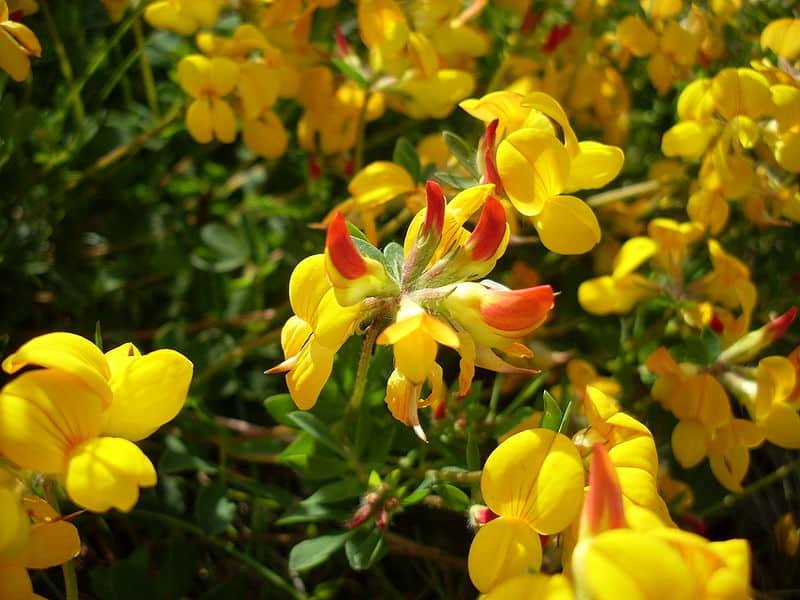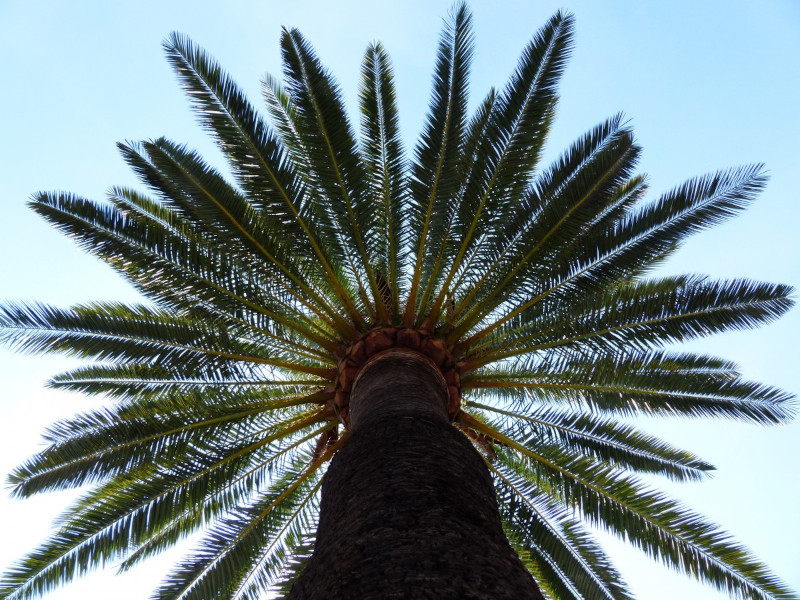Orpheus Flower Facts
- Firstly, many experts consider the most noteworthy fact about the lovely Orpheus Flower to be its remarkable hardiness. That’s because the plant has the ability to survive for extended periods without water and then to spring to life when receiving some. As a result of this ability, some people also call the remarkable Angiosperm the resurrection plant.
- In addition, it also has a comparatively restricted range of habitation. However, the plant does appear to be quite plentiful within that particular range. Furthermore, much of its endemic range coincides with various Nature Reserves and even one National Park. Due to this, the IUCN presently lists the amazing Orpheus Flower as a species of Least Concern.
- While it benefits from the protected status of much of its range, many botanists still worry about its future. Its beauty leads many visitors to the protected sites, tourists and locals alike, to collect wild plants. In addition, ongoing road construction in and around the national park and nature poses a threat to the species. But climate change represents its greatest threat.
Related Articles



Orpheus Flower Physical Description
Many botanists remain confused over how to classify the lovely, yet quite surprising, Orpheus Flower. This confusion occurs due to its unique physical nature. Further, while it typically attains a relatively small size, the fascinating plant also remains capable of attaining a height of as much as 5.5 ft (1.7 m).
Therefore, experts remain further divided over how it should be ranked. As a result of this, many scientists debate whether it’s a flowering plant or a small shrub. Regardless, this lovely plant, holds a unique status. This holds true due to the fact that it qualifies as both an evergreen and a perennial species.
The impressive Orpheus Flower also has its own kind of beauty. The leaves possess a lovely rosette shape, with lacerated edges. These also display a dark green color. Yet the lovely flowers remain its most noteworthy feature. These present in different combinations of either violet, white, purple, or red.
- Kingdom: Plantae
- Phylum: Angiosperms
- Order: Lamiales
- Family: Gesneriaceae
- Genus: Haberlea
- Species: Haberlea rhodopensis
Orpheus Flower Distribution, Habitat, and Ecology
Quite unfortunately, the stunning Orpheus Flower also has a very specific and somewhat limited habitat range. Additionally, and equally unfortunately, that range also happens to be quite fragmented. That occurs because the species grows endemically only in a small part of Greece, and primarily in Bulgaria, in Europe.
Even there, however, this fabulous variety of flora only grows on several mountains. Even more precisely, these primarily consist of the Rhodope mountains. The species also grows naturally on rocky slopes with relatively poor soil. Adding even more to its distinctiveness is the fact that it also only grows on the northern sides.
However, Nature added yet another distinguishing trait, to separate it from the crowd. That’s because the plant also has distinctive feature involving how it spreads. In point of fact, bees perform only a small portion of its pollination. Quite surprisingly, the majority appears to be carried out by random insects.
The astonishing Orpheus Flower truly represents a fascinating species. In fact, various species of flies endemic to the region actually serve as the major pollinators for the species. Nevertheless, the remarkable plant species remains best known for that extraordinary ability to survive for up to 3 years without water.
Species Sharing Its Range



Check out our other articles on 7 Bizarre and Unusual Birds, Cookiecutter Shark, Blood Falls, Western Pygmy Blue, Golden Armadillo Lizard, African Manatee, Wood Frog, Southern Stingray












Leave a Reply